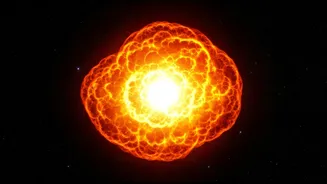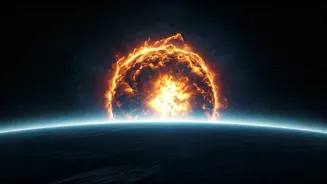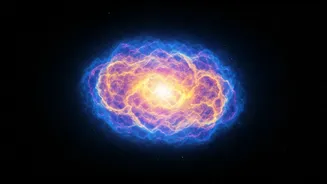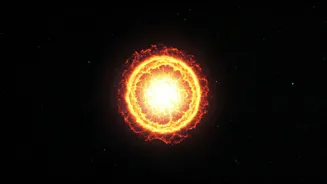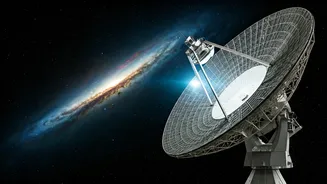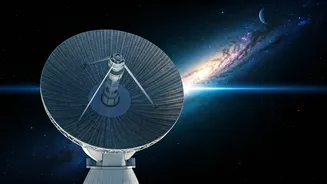Supernova's Initial Moments
Recent observations have allowed scientists to witness the initial stages of a supernova, a feat that offers unprecedented information about these powerful
cosmic events. Supernovae occur when massive stars exhaust their nuclear fuel and collapse, triggering a violent explosion. The new data, gathered from advanced telescopes, is helping astronomers observe the explosion's evolution. This includes the initial blast wave and the resulting debris. Prior to these observations, understanding of the initial dynamics was limited, relying mostly on theoretical models and simulations. This is changing as we are able to see the very beginning and evolution of these astronomical events. Studying this gives new understanding about the formation of elements within these extreme environments.
Asymmetric Blast Unveiled
One of the most striking findings from these early observations is the asymmetrical nature of supernova explosions. Rather than expanding uniformly in all directions, the blasts often display a non-spherical shape. In some cases, the initial explosion appears to be olive-shaped, with material ejected unevenly. This asymmetry challenges conventional models that often assumed a more symmetrical expansion. Scientists believe that this asymmetry could be caused by various factors, including the internal structure of the dying star and the presence of pre-existing stellar winds. Understanding the causes of this non-uniformity is crucial for accurately modelling supernovae. It also helps to explain how the elements essential for life are spread throughout the universe. Observations suggest that the initial explosion and its aftermath are far more complex than previously thought.
Elements' Cosmic Forge
Supernovae play a critical role in the cosmic cycle, acting as stellar forges that create and disseminate heavy elements. These explosions are responsible for scattering elements like carbon, oxygen, and iron into the interstellar medium, enriching it. The newly observed data sheds light on how these elements are synthesized and distributed during the supernova process. As the star explodes, the extreme conditions of high temperature and pressure allow for the creation of new elements through nuclear fusion. The resulting elements are then expelled into space, forming the building blocks for new stars, planets, and even life. This new data is vital for understanding how the first stars and their subsequent explosions contributed to the formation of the universe as we observe it today.
New Era of Study
The ability to observe supernovae in their initial moments opens a new chapter in astronomical research. These observations provide crucial data for testing and refining theoretical models. Scientists can now compare their simulations with actual observations, leading to a deeper understanding of the physics driving these events. Ongoing and future observations will focus on improving the detail of these explosions. New observations will improve understanding of the origins of the universe and its ongoing evolution. By studying these events, scientists can gather valuable insights into stellar evolution, element formation, and the overall structure of the cosmos. This research promises to unlock further secrets of the universe.
